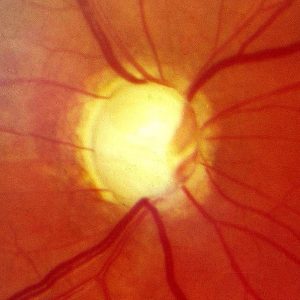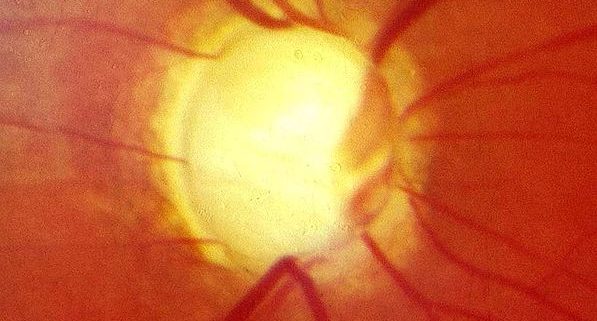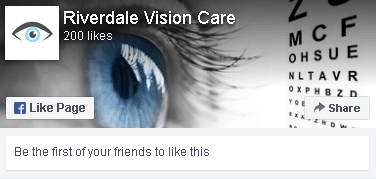What You Need to Know about Glaucoma
As we explained in an earlier blog post on glaucoma, “the silent thief of sight,” increased intraocular pressure causes damage to the optic nerve. This nerve is responsible for transmitting images to your brain.
If the condition goes untreated, glaucoma can cause a total loss of vision within a few years. But even with treatment, about 15% of people with glaucoma become blind in at least one eye within 20 years, according to Mayo Clinic.
Types of glaucoma
While the first two conditions are the most frequently experienced, glaucoma can take several forms.
1) Open-angle glaucoma is the most common manifestation of the disease. A partial blockage in the area of tissue located around the base of the cornea causes a gradual increase of pressure in the eye.
2) Angle-closure glaucoma is more common in Asia than in the West. A narrowing in the drain space between the iris and cornea causes a sudden buildup of pressure. People with narrow drainage angles are at increased risk for this type of glaucoma.
3) Normal-tension glaucoma occurs when the optic never is damaged even though eye pressure is normal. As of 2019, the cause of this condition is unknown. It may be due to insufficient blood flow to the nerve caused by arterial plaque or other circulatory conditions.
4) Glaucoma in infants and children is sometimes present at birth. Other times, optic nerve damage develops in the first few years of life. This can be due to drainage blockages or other underlying medical conditions.
5) Pigmentary glaucoma is a condition in which pigment granules from the iris collect in the drainage channels, preventing fluid from exiting the eye.

Who is at risk for glaucoma?
Some segments of the population have an increased chance of developing glaucoma. Because vision loss can occur before any symptoms are noticed, it’s important to be aware of the following risk factors.
- Are of Asian, African-American, Hispanic, Irish, Russian, Scandinavian, or Inuit descent
- Have a family history of glaucoma
- Are over age 60
- Have poor vision, especially extreme nearsightedness or farsightedness
- Have corneas that are thin in the center
- Have certain medical conditions, including heart disease, high blood pressure, diabetes, and sickle cell anemia
- Take certain corticosteroid medications, such as prednisone, or use eye drops for a long period of time
- Have had blunt or chemical trauma to the eye
- Have experienced a severe eye infection
- Have had eye surgery to correct another condition
Here at Riverdale Vision Care, we offer the latest in imaging technology to help diagnose early glaucoma. Since early detection can prevent vision loss, it’s important that you schedule your yearly eye exam.





Leave a Reply
Want to join the discussion?Feel free to contribute!